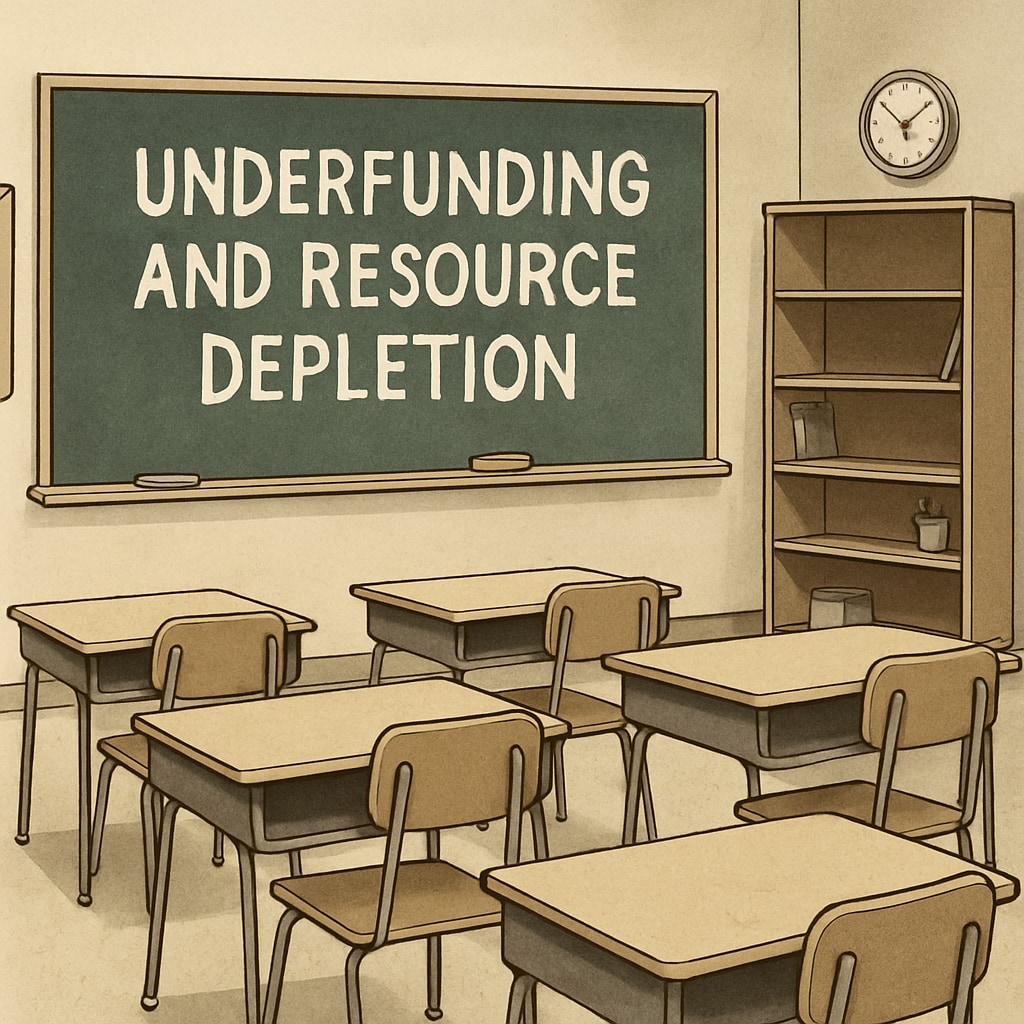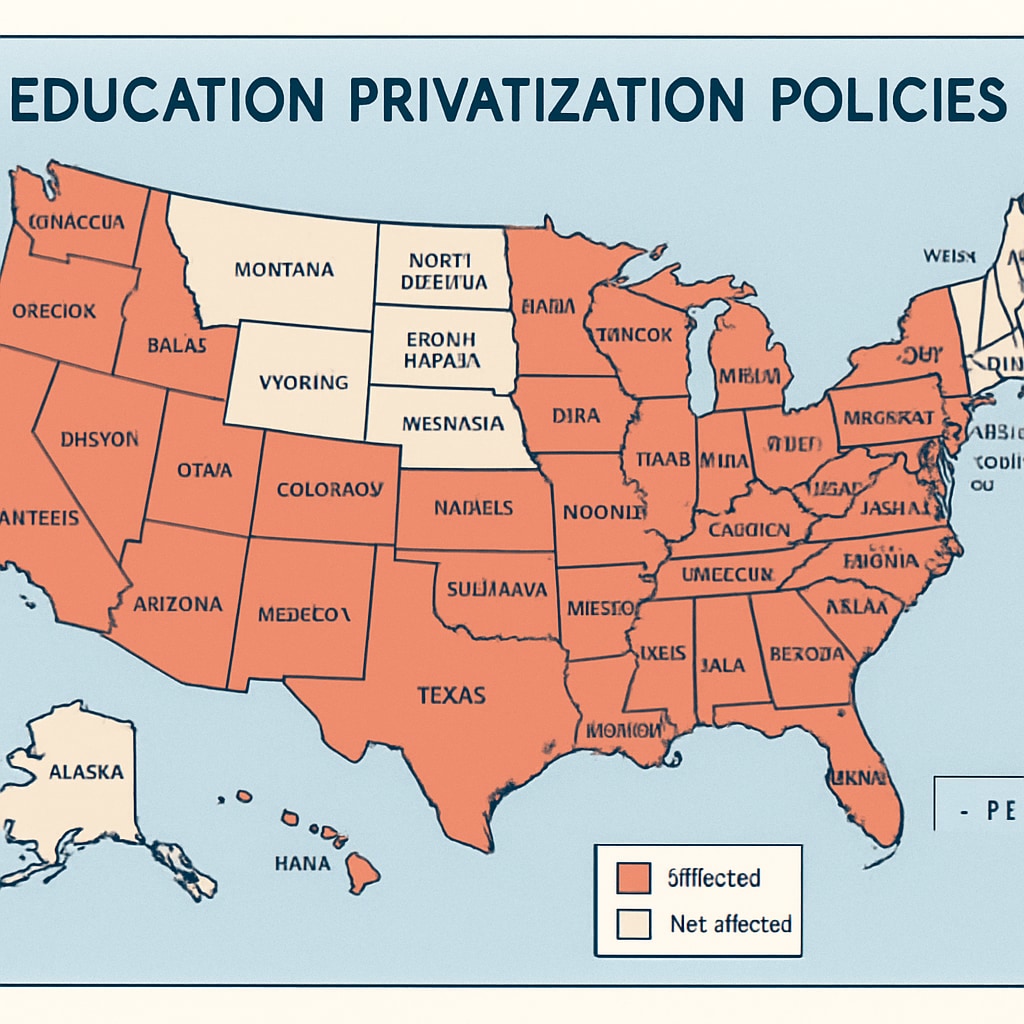The redirection of public education funds to private institutions is a growing concern, particularly as organizations like “Stand For Children” push for legislative changes that prioritize privatization over public education. This concerning trend, which has gained significant traction in Oregon, is now spreading nationwide, jeopardizing the integrity of public education systems. As education funds are siphoned away from public schools to private entities, the consequences include declining education quality, resource mismanagement, and an increased risk of systemic fraud.
The Push for Privatization: Understanding “Stand For Children’s” Agenda
“Stand For Children,” a non-profit organization originally advocating for equitable education, has recently shifted its focus towards policies that funnel public funds into private hands. By lobbying for legislation that redirects taxpayer dollars from public schools to private childcare centers and institutions, the organization has sparked controversy and outrage within education circles.
Proponents argue that such initiatives provide families with more options. However, critics highlight the inherent risks: public schools, already underfunded, face further depletion of essential resources, leaving vulnerable students in underperforming systems. This shift not only undermines the principle of equal education for all but also raises questions about transparency and accountability in how these funds are utilized.

Implications of Diverting Public Education Funds
The privatization of education funding brings several pressing concerns to the forefront:
- Declining Education Quality: Public schools rely on consistent funding to maintain staff, infrastructure, and learning materials. Diverting these funds reduces their capacity to deliver quality education, particularly in low-income areas.
- Mismanagement and Fraud: Private institutions often lack the stringent oversight mechanisms present in public systems. This creates opportunities for financial mismanagement and systemic fraud, as seen in other privatization efforts.
- Increased Inequality: Privatization disproportionately benefits affluent communities, leaving marginalized students with fewer opportunities to succeed.
For example, a 2020 Britannica review of privatized education systems revealed widespread disparities in access and outcomes. These findings underscore the risks of prioritizing profit over equitable education.
From Oregon to the Nation: A Dangerous Precedent
What began as a localized issue in Oregon is rapidly becoming a national trend. Legislatures in other states are adopting similar policies, encouraged by the perceived success of “Stand For Children’s” initiatives. However, the long-term consequences remain unclear, particularly for underprivileged communities that depend on robust public education systems.
States with a history of privatization efforts, such as Arizona and Florida, provide cautionary tales. According to a Wikipedia article on education policy, these states have experienced increased segregation and reduced academic outcomes for public school students. If left unchecked, this trend could lead to a fragmented and inequitable education landscape across the United States.

What Can Be Done to Protect Public Education?
To counter the privatization of education funds, policymakers, educators, and communities must take collective action. Here are some potential solutions:
- Advocate for Transparency: Demand clear reporting on how education funds are allocated and spent, ensuring accountability for private institutions.
- Invest in Public Schools: Prioritize funding for public schools to address existing inequalities and improve overall quality.
- Raise Public Awareness: Educate communities about the risks of education privatization and mobilize support for policies that protect public education.
By implementing these strategies, stakeholders can resist the privatization trend and ensure that public education remains a cornerstone of equal opportunity for all students.
In conclusion, the shift of public education funds to private entities represents a significant threat to the principles of equitable and quality education. Organizations like “Stand For Children” must be held accountable for their role in this trend, and communities must remain vigilant to protect the future of public education.


